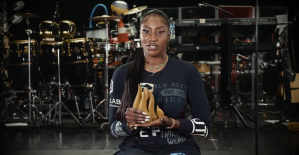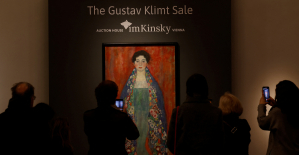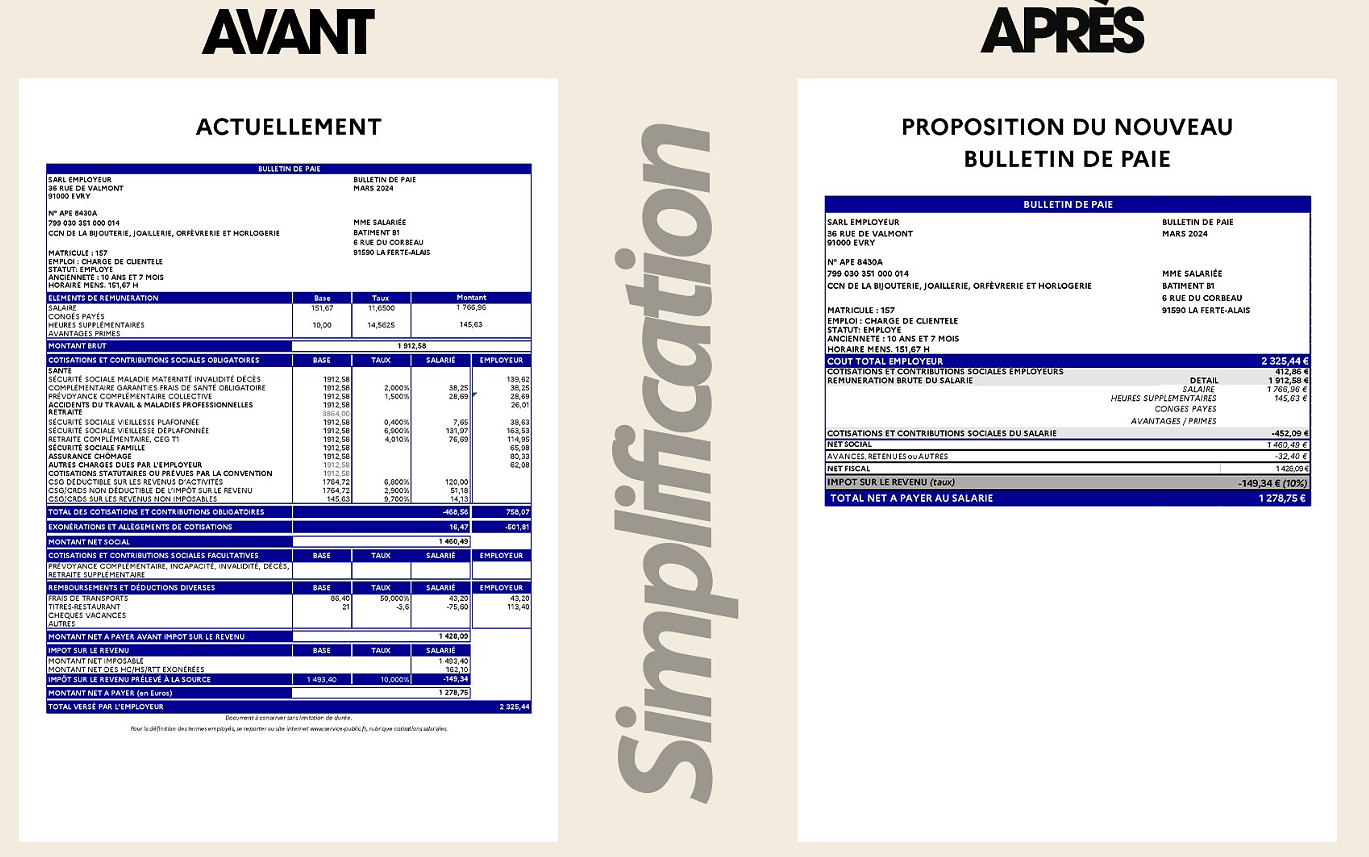Faithfulness can be a strength of literary adaptations - or their greatest weakness. The story of the Indian foundling Mowgli (sometimes also spelled Mowgli) shows this as clearly as perhaps no other example. While the animated version by the Soviet director Roman Dawydow, which is based closely on the original by the British writer Rudyard Kipling, is only known to experts in this country, almost every German should know the Disney Studios version, which is only vaguely inspired by the original. But at least some pictures from it or the song "Try it with comfort".
It's about The Jungle Book, which was released in US theaters on October 18, 1967. Incidentally, the same year in which the first of a total of five short films from the USSR was released for the first time. However, Mowgli was already 74 years old, because Kipling (1865 to 1936) had already invented what is probably his best-known character in 1893, for his almost 10,000-word story "In the Rukh" (roughly: "In the forest").
In this text a certain Gisborne, a British forest officer in India (where Kipling himself was born the son of a British sculptor and professor in Bombay) happens to make an unusual acquaintance: "A man was walking down the dried-up creek bed, naked save for his loincloth", Kipling wrote, continuing, "So silently did he move over the small pebbles that even Gisborne, accustomed to the soft-footedness of trackers, was startled."
The forest ranger quickly realizes that the young man has extraordinary abilities: he moves naturally in the jungle, can hunt and recognizes the tracks of almost every animal. Gisborne asks him to join the British Forest Service. Finally, he learns the story of his new employee.
Mowgli grew up in the forest, raised by a pack of wolves. Because he has been walking on all fours for many years, his elbows and knees are calloused. But when he grows up, this coexistence ends: "I was none the less a wolf among wolves, until a time came when the denizens of the jungle bade me go, because I had become a man." Indeed, Mowgli prefers, quite the contrary to his pack "cooked food". So he goes in search of other people and comes across Gisborne and his butler Abdul Gafur. "In the Rukh" ends with Mowgli and the butler's daughter in the jungle falling in love.
Rudyard Kipling described the genesis of this story almost metaphysically: "Then my pen took over and I watched him start writing stories about Mowgli and the beasts." made the main character of eight other short stories. They first appeared in magazines from 1893 to 1895 and then in two anthologies entitled "The Jungle Book" and "The Second Jungle Book".
At the time, Kipling was not based in India or the UK, but in the US state of Vermont on the east coast. It was the four most productive years of his career, and Mowgli became his best-known creation.
The motif of the child being raised by wild animals is ancient: it already occurs in the Mesopotamian epic of Gilgamesh and in the founding myth of Rome about the abandoned twins Romulus and Remus, who are rescued by a she-wolf.
In 1879, the French writer Albert Robida wrote about the "Adventures of Saturnin Farandoul", an orphan boy who was raised by orangutans in the jungle and eventually became the "King of the Apes". Ten years later, British author Henry Rider Haggard created the girl Hendrika, daughter of Boers in southern Africa who was kidnapped and raised by baboons.
So the character Mowgli was hardly an innovation. But Kipling's language and the structure of his stories meant that his invented foundling became the best-known such character in world literature.
The first film adaptation of the "Jungle Book" (with actors) was made in Hollywood in 1942, directed by Zoltan Korda. A graphic novel of the same name from 1959, on the other hand, only had the title in common with Kipling's story.
Illustrator Bill Peet picked up the material for the Disney Studios. But he fell out with the studio boss over the specific design: Peet wanted to follow the rather dark and dramatic tone of Kipling's book; Disney favored a light musical version. Added to this was a wealth of funny ideas; the vultures were designed in the style of the Beatles, including their typical hairstyles. The attempt to get the Fab Four to speak was reportedly thwarted by John Lennon's objection. In return, the four got a Liverpool accent in the American original.
Wherever Disney's "Jungle Book" hit theaters, it was a hit. But nowhere did the film hit more than in Germany. Because the dubbing director Heinrich Riethmüller created ingenious translations in wit and cheerfulness. The following really applies here: The German version is (even) better than the original: "Try it with comfort..."
You can also find "World History" on Facebook. We are happy about a like.

 His body naturally produces alcohol, he is acquitted after a drunk driving conviction
His body naturally produces alcohol, he is acquitted after a drunk driving conviction Who is David Pecker, the first key witness in Donald Trump's trial?
Who is David Pecker, the first key witness in Donald Trump's trial? What does the law on the expulsion of migrants to Rwanda adopted by the British Parliament contain?
What does the law on the expulsion of migrants to Rwanda adopted by the British Parliament contain? The shadow of Chinese espionage hangs over Westminster
The shadow of Chinese espionage hangs over Westminster Parvovirus alert, the “fifth disease” of children which has already caused the death of five babies in 2024
Parvovirus alert, the “fifth disease” of children which has already caused the death of five babies in 2024 Colorectal cancer: what to watch out for in those under 50
Colorectal cancer: what to watch out for in those under 50 H5N1 virus: traces detected in pasteurized milk in the United States
H5N1 virus: traces detected in pasteurized milk in the United States What High Blood Pressure Does to Your Body (And Why It Should Be Treated)
What High Blood Pressure Does to Your Body (And Why It Should Be Treated) “I’m interested in knowing where the money that the State takes from me goes”: Bruno Le Maire’s strange pay slip sparks controversy
“I’m interested in knowing where the money that the State takes from me goes”: Bruno Le Maire’s strange pay slip sparks controversy Despite the lifting of the controllers' strike, massive flight cancellations planned for Thursday, April 25
Despite the lifting of the controllers' strike, massive flight cancellations planned for Thursday, April 25 The right deplores a “dismal agreement” on the end of careers at the SNCF
The right deplores a “dismal agreement” on the end of careers at the SNCF The United States pushes TikTok towards the exit
The United States pushes TikTok towards the exit Saturday is independent bookstore celebration
Saturday is independent bookstore celebration In Paris as in Marseille, the Flames ceremony opens to fans of rap and hip-hop
In Paris as in Marseille, the Flames ceremony opens to fans of rap and hip-hop Sale of the century for a mysterious painting by Klimt, in Austria
Sale of the century for a mysterious painting by Klimt, in Austria Philippe Laudenbach, actor with more than a hundred supporting roles, died at 88
Philippe Laudenbach, actor with more than a hundred supporting roles, died at 88 Skoda Kodiaq 2024: a 'beast' plug-in hybrid SUV
Skoda Kodiaq 2024: a 'beast' plug-in hybrid SUV Tesla launches a new Model Y with 600 km of autonomy at a "more accessible price"
Tesla launches a new Model Y with 600 km of autonomy at a "more accessible price" The 10 best-selling cars in March 2024 in Spain: sales fall due to Easter
The 10 best-selling cars in March 2024 in Spain: sales fall due to Easter A private jet company buys more than 100 flying cars
A private jet company buys more than 100 flying cars This is how housing prices have changed in Spain in the last decade
This is how housing prices have changed in Spain in the last decade The home mortgage firm drops 10% in January and interest soars to 3.46%
The home mortgage firm drops 10% in January and interest soars to 3.46% The jewel of the Rocío de Nagüeles urbanization: a dream villa in Marbella
The jewel of the Rocío de Nagüeles urbanization: a dream villa in Marbella Rental prices grow by 7.3% in February: where does it go up and where does it go down?
Rental prices grow by 7.3% in February: where does it go up and where does it go down? Sale of Biogaran: The Republicans write to Emmanuel Macron
Sale of Biogaran: The Republicans write to Emmanuel Macron Europeans: “All those who claim that we don’t need Europe are liars”, criticizes Bayrou
Europeans: “All those who claim that we don’t need Europe are liars”, criticizes Bayrou With the promise of a “real burst of authority”, Gabriel Attal provokes the ire of the opposition
With the promise of a “real burst of authority”, Gabriel Attal provokes the ire of the opposition Europeans: the schedule of debates to follow between now and June 9
Europeans: the schedule of debates to follow between now and June 9 These French cities that will boycott the World Cup in Qatar
These French cities that will boycott the World Cup in Qatar Montpellier-Nantes: at what time and on which channel to watch the Ligue 1 match?
Montpellier-Nantes: at what time and on which channel to watch the Ligue 1 match? Ligue 1: Luis Enrique leaves many PSG players to rest in Lorient
Ligue 1: Luis Enrique leaves many PSG players to rest in Lorient Football: Deschamps, Drogba, Desailly... Beautiful people with Emmanuel Macron to play with the Variétés
Football: Deschamps, Drogba, Desailly... Beautiful people with Emmanuel Macron to play with the Variétés Football: “the referee was bought”, Guy Roux’s anecdote about a European Cup match… with watches and rubies
Football: “the referee was bought”, Guy Roux’s anecdote about a European Cup match… with watches and rubies


















